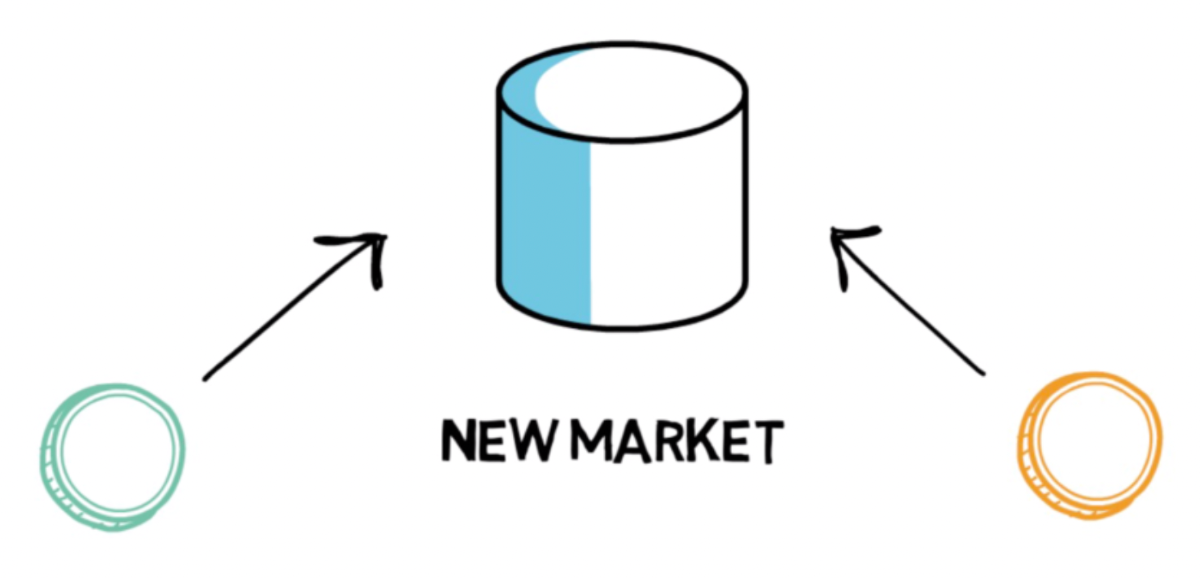What is Liquidity Pool?
A Liquidity Pool is a group of coins or tokens locked in a smart contract. Overall, the Liquidity Pool is a very simple concept; it can be used in many different ways.
For example: The liquidity Pool is used to facilitate transactions between assets on a decentralized exchange (DEX), lending protocols, Yield farming, Synthetic Assets, etc.
Liquidity Pool can be considered one of the foundational technologies behind the success of DeFi currently. They facilitate the movement of digital assets in an automated and permissionless manner through liquidity pools.
How Liquidity Pool Works
One of the most important groups of people for a Liquidity Pool to work effectively are those who provide liquidity to that Liquidity Pool, also known as Liquidity Providers.
So if Liquidity Pools in crypto are to work correctly, they need to be designed with appropriate incentives for Liquidity Providers to pool their assets into the Liquidity Pool. That is why most of the liquidity providers in the Crypto market earn trading fees and rewards Yield Farming from the decentralized exchanges they provide liquidity.
When a user provides liquidity to the pool, the liquidity provider usually gets LP tokens back. LP tokens represent their share of assets in the common pool and can also be used throughout the DeFi ecosystem with various capabilities.
For Automated Market Maker (AMM) Liquidity Pools, when a transaction occurs, a transaction fee is retained in the Liquidity Pool and distributed proportionally among LP token holders.
Liquidity Pools in AMM also maintain market value for tokens in the pool thanks to AMM algorithms. Liquidity Pools in different protocols may use slightly different algorithms.
For example, Liquidity Pool Uniswap uses a constant product formula (x * y = k) to maintain a price ratio to the number of tokens in the pool.

Why is Liquidity Pool important in Crypto?
Before the Liquidity Pool, the liquidity of the Crypto market was heavily influenced by centralized exchanges (CEX) and traditional Market Makers. At that time, liquidity was concentrated in only a few top coins & tokens such as BTC, ETH, and LTC,... LTAs (Long tail Assets) were in low liquidity or had no liquidity, making it very difficult to trade them.
Liquidity Pool aims to solve the illiquid market problem by incentivizing users to provide crypto liquidity and receive back what is usually a portion of transaction fees.
In addition, trading with Liquidity Pool protocols such as Uniswap and Sushiswap,... does not require buyers and sellers to match orders like Order Book exchanges. This means that users can exchange their tokens and tokens in the pool using user-provided liquidity and trade through smart contracts.
This makes the Liquidity Pool a great solution to the liquidity problem in Crypto, especially for LTAs, opening up many other use cases for Crypto.
The Bunnybot platform works through arbitrage trading of liquidity pools, which increases the feasibility of bunnybot and helps in stable operation, avoiding attacks due to decentralized activity on the blockchain network.

